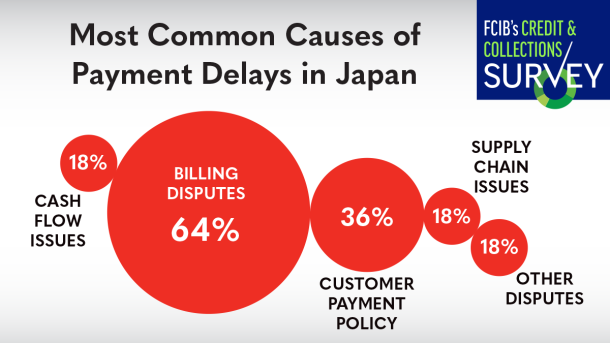Oct 11, 2024
Week in Review
Japan’s economy stabilizes amid leadership change
When Prime Minister Fumio Kishida took office in October 2021, he promised to rebuild Japan’s economy through a strategy he dubbed, “New Capitalism.” Kishida would quickly change course on his economic plan, which included redistribution at its core in an effort to reduce social inequities. As he stepped down three years later, the changes he brought to the economy seem to pale in comparison to this outsized promise.







